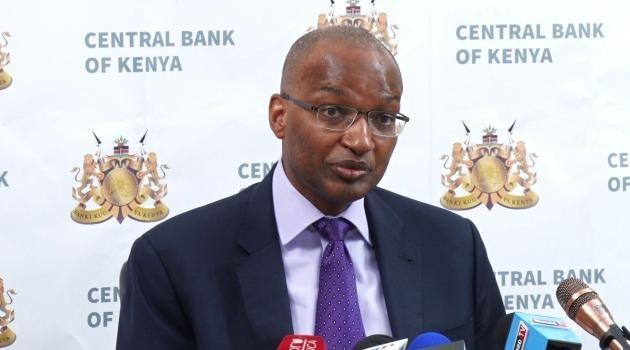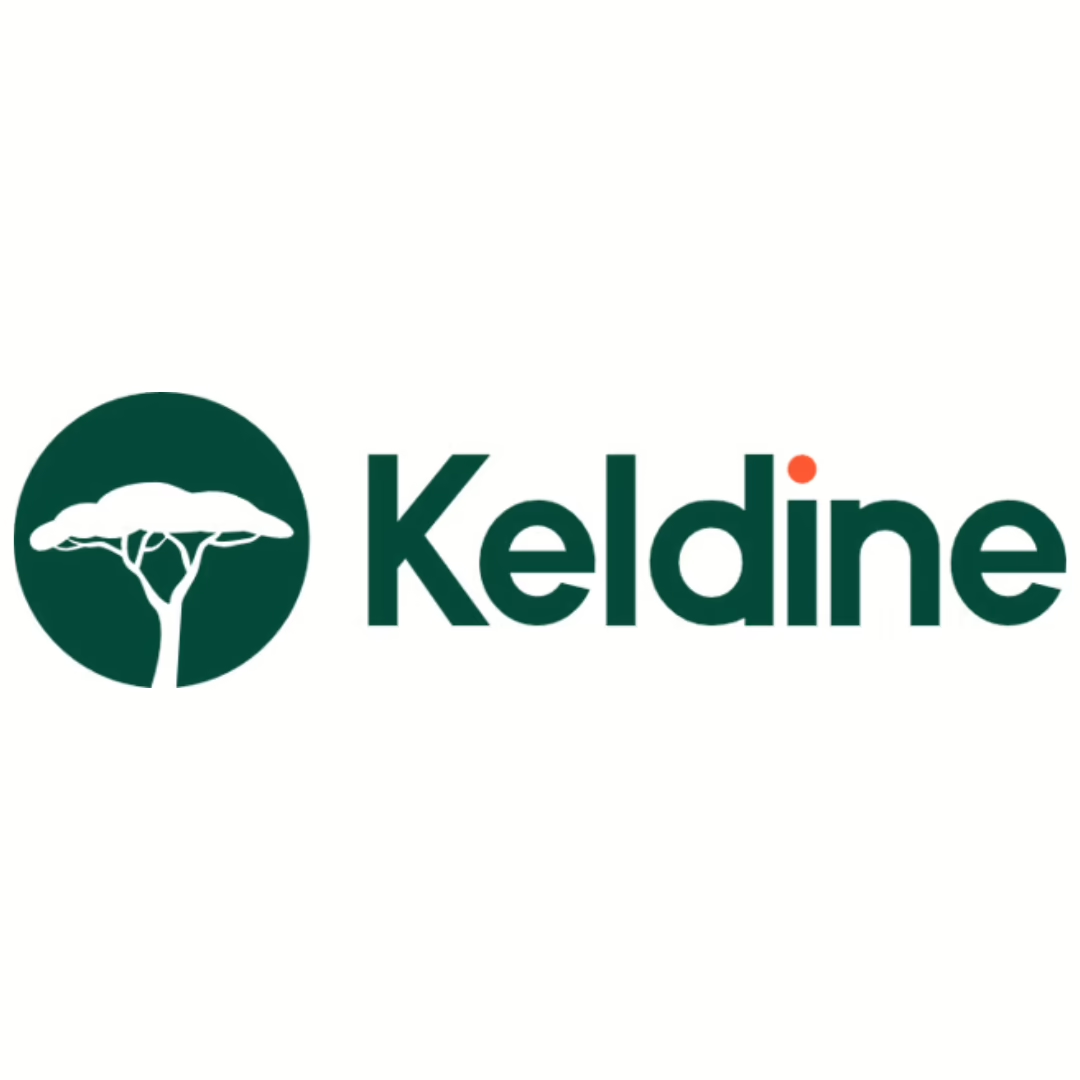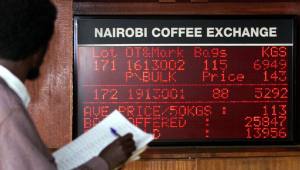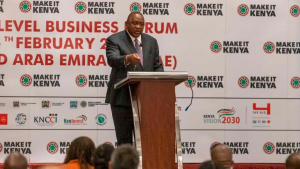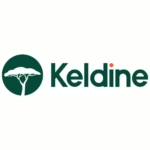Central Bank of Kenya Governor Dr. Patrick Njoroge during a press briefing in Nairobi, Kenya/ CBK.
NAIROBI, Kenya Nov 2- The Central Bank of Kenya has retained the base lending rate at seven percent for the 11th time in a row.
In November 2019, CBK lowered the base lending rate by 50 basis points to 8.50 before further dropping it to seven percent early last year to ensure cheaper loans aimed at cushioning borrowers from the socioeconomic effects of Covid-19.
A lower Central Bank Rate (CBR) influences lower lending rates, nourishing economic activities. When the country scrapped the rate cap which was at four per cent above the base lending rate, it gave lenders the freedom to price loans.
When consumers pay less in interest, this gives them more money to spend, which can create a ripple effect of increased spending throughout the economy. Businesses and farmers also benefit from lower interest rates, as it encourages them to make large equipment purchases due to the low cost of borrowing.
In a statement after its Monetary Policy Committee meeting on Tuesday, CBK Governor Patrick Njoroge noted inflationary pressures were rising domestically and internationally.
He said overall inflation stood at 6.6 percent in August 2021 compared to 6.5 percent in July, largely due to increase in fuel and food prices.
During the period under review, food inflation increased to 10. percent from 9.1 percent while fuel inflation remained elevated at 9.2 percent due to the impact of the rise in international oil prices.
The Governor said the global economy continues to strengthen in 2021 largely supported by the ongoing deployment of vaccines, relaxation of Covid-19 containment measures and travel restrictions as well as strong policy measures.
“However, despite the pace of recovery, the global economy remains uneven across countries, and is dependent on distribution of vaccines across regions and evaluation of the pandemic particularly following a resurgence of new variants,” he said.
Many global institutions have called for review of the vaccine accessibility in African countries.
Meanwhile, Njoroge said despite the increase in fuel and food prices, indicators for the economy point to a strong GDP recovery in 2021.
He said this is mainly supported by robust performance of construction, manufacturing, education, real estate, transport and storage sectors.
“The economy is expected to rebound in 2022, supported by the continued reopening of the services sectors, recovery in manufacturing and stronger global demand,” he said.
The banking sector has remained strong and resilient with strong liquidity and capital adequacy.
Growth in private sector credit increased to seven percent in August from 6.1 per cent. Another sector that has done well is the export of goods which has remained strong growing by 11.5 percent in the period of January to August 2021 compared to the same period in 2020.
The Committee concluded that the current accommodative monetary policy stance remained appropriate, and therefore decided to retain the Central Bank Rate at seven percent.


